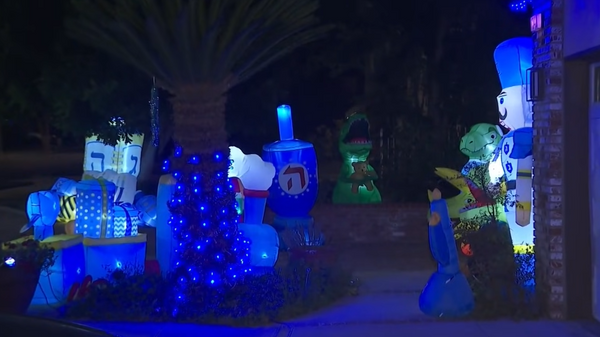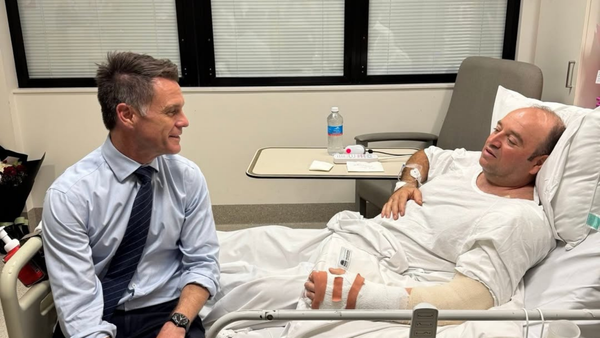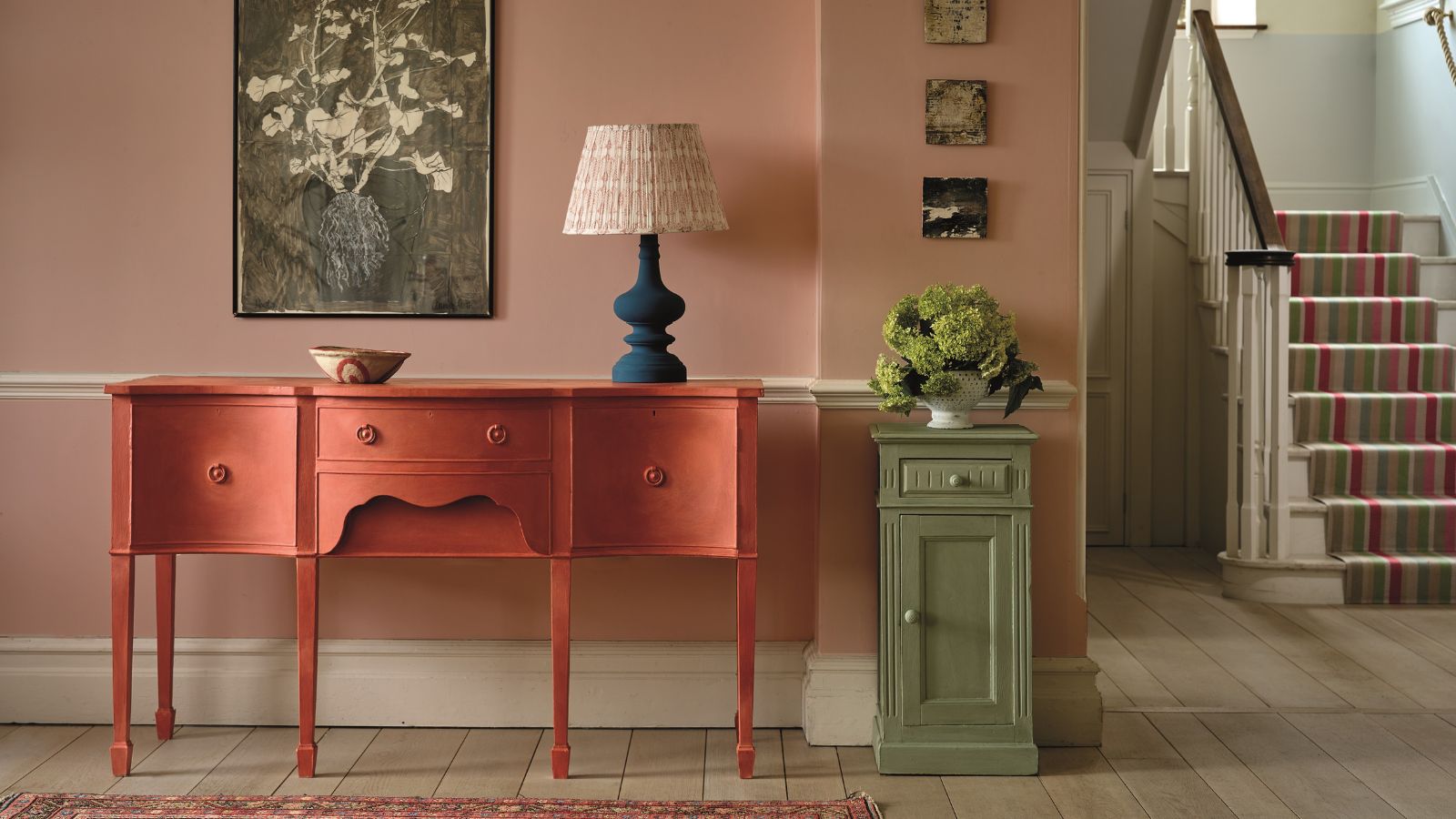
Even the most modestly sized entryway makes a statement. It’s the first glimpse guests get of your home, and in tight or narrow spaces, every square inch must work hard both practically and visually. Yet too often, clutter, poor choices, or misplaced ambition disrupt that delicate balance.
There are key things to never put in an entryway, for example, excessive decor (unless you are blessed with a capacious lobby), which can immediately feel very overwhelming. While there are so many inspiring small entryway ideas to explore, it also pays to understand what to avoid. Form must follow function closely here, and common missteps can quickly crowd or compromise a space that sets the tone for the rest of your home’s interior.
From bulky furniture to overlooked lighting misfires, here we will spotlight five key offenders that undermine both utility and aesthetics in a small entryway – and share what to consider instead.
5 things you should never put in a small entryway
1. Shoe racks

There are few things that visually shrink and clutter an entryway than scattered shoes. Even when they’re neatly lined up in rows, it still somehow feels like total pandemonium. If shoes absolutely must live here, and there is no other area of the home that can house them, then discreet, stylish storage ideas are most definitely required.
All too often, the go-to solution is to invest in shoe racks. Whilst this helps relinquish a small amount of floor space, the visual clutter and feeling that the space is about transit, mess and function over form remains very much the same.
Alex Keith, co-founder and Interior Designer at London-based interior design studio Otta Design, can’t bear the sight of shoe racks in this compact space. ‘Hallways are the first thing your guests see when you welcome them into your home, so first impressions are key,' she explains. ‘An overflowing shoe rack is a no-no, especially in a hall where space is a challenge.’
Olivia Caplan, an interior designer who often shares her renovation tips and inspiration on social media, is also offended by the ubiquitous shoe rack ‘lack of shoe storage really gets my goat, even if it's a couple of baskets tucked under a sideboard, makes all the difference’ she notes.

So, what to use instead? As Olivia suggests, baskets could be a good solution, but perhaps not if you have a large family. ‘Bulky shoe racks, or too many hooks, can quickly make the space feel cramped and chaotic,’ notes Cotswolds-based interior designer Sean Symington. ‘We work with a lot of period townhouses where entryways tend to be on the narrow side, and the trick is all in the proportions. Choose a very slim console table, ideally one you can skirt for added softness and hidden shoe storage.'
Indeed, the retro-inspired skirted furniture trend doesn’t seem to be going anywhere anytime soon, and can hide ugly shoe racks easily. Depending on the width of the space, a bench with hidden storage is an ideal solution. In my home, I have recently put an antique monk’s bench in the entryway, with storage under the seat, in which trainers, sandals, dog leads, and umbrellas get haphazardly thrown in. Out of sight, out of mind.
2. Poor lighting

Most small hallways suffer from inadequate lighting. In many homes, good, layered lighting ideas have been implemented across most rooms, and forgotten when it comes to entryways. Since small, cramped hallways are already light-deprived spaces, there is a tendency to illuminate the space with one, bright, white pendant light, in the hopes of casting as much light into the space as possible.
However, this can result in the space feeling very jarring, and can often feel like an interrogation zone. Have you ever entered someone's home and immediately felt tense? Take note of the lighting and the clutter, these are the two most arresting and stress-inducing features in a hallway.
Interior designer Autumn Pochiro, of Autumn Dawn Design, thinks good lighting is paramount ‘Adequate light is the most important thing to consider in a small hallway. Ideally, use wall sconces rather than a pendant light in a small entryway.’ Olivia firmly agrees. ‘Small hallways do need good lighting,’ she notes. ‘especially low-level lighting on a console for added interest but also practicality. Something you can quickly switch on when coming home in the dark. Put your hallways lights on a timer, great for putting off burglars but also nice to come home to a warm, soft light on.’
3. A large console table
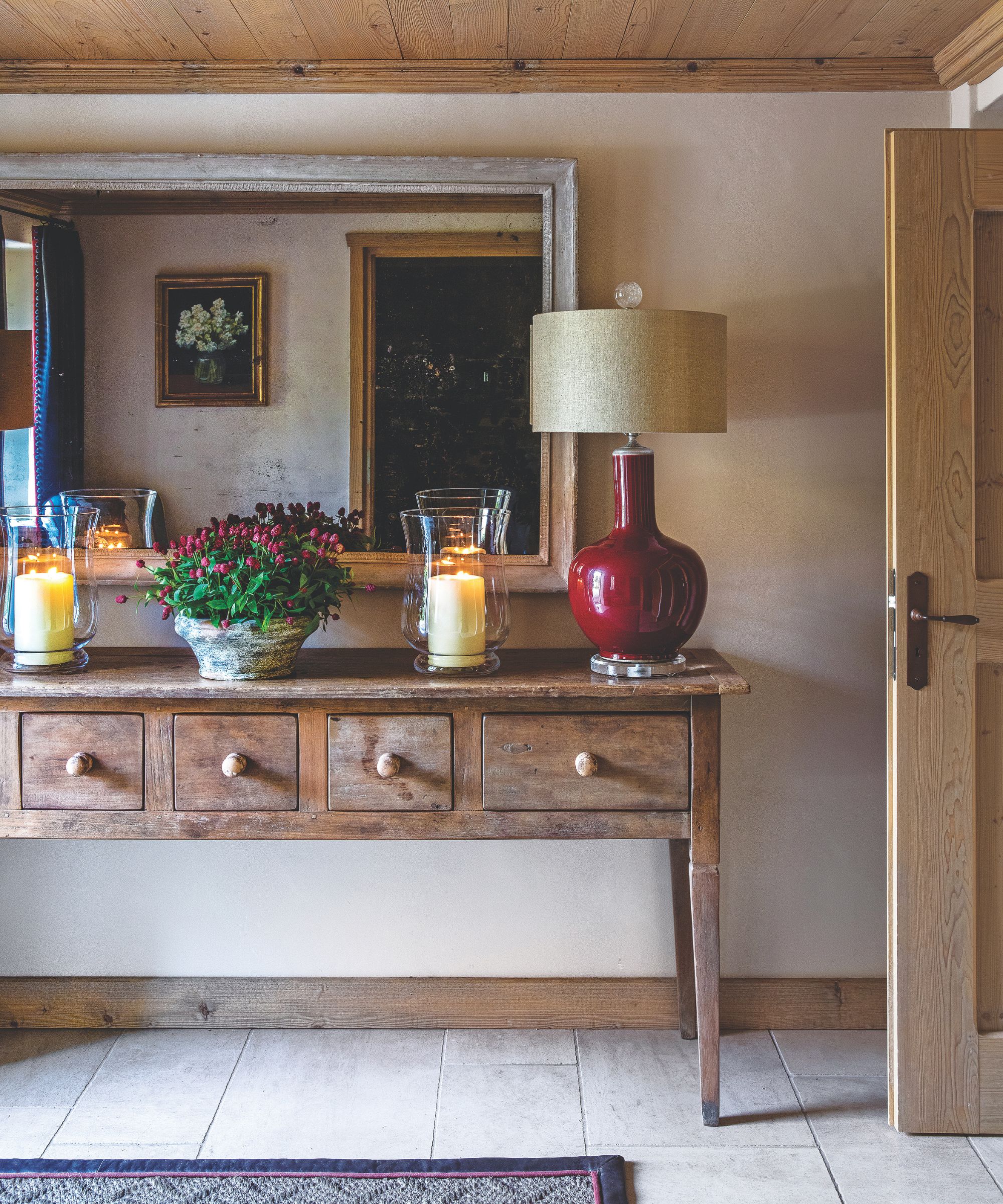
Unless you have a grand foyer, in which a grand piano and a twinkling water feature would not look out of place, then a very large, cumbersome console table really isn’t useful in a hallway. It can be much more of a hindrance than a help, and despite offering a great surface on which to decorate, if you have a compact space, it will look out of place, get in the way, and make the entryway feel even more poky.
‘In a small space, the key is to avoid anything you have to manoeuvre around, if it disrupts the natural flow of coming and going, it simply doesn’t belong there,’ explains Sean.
‘Where the width of a hallway is tight, we use a floating shelf, ideally with a concealed drawer to hide keys and other bits that can often clutter up a hallway,’ notes Alex. Floating shelves or a slim, inconspicuous side table would work better in a small space. Relocate your console table to your living room or kitchen, where it can be enjoyed.
4. Large artwork
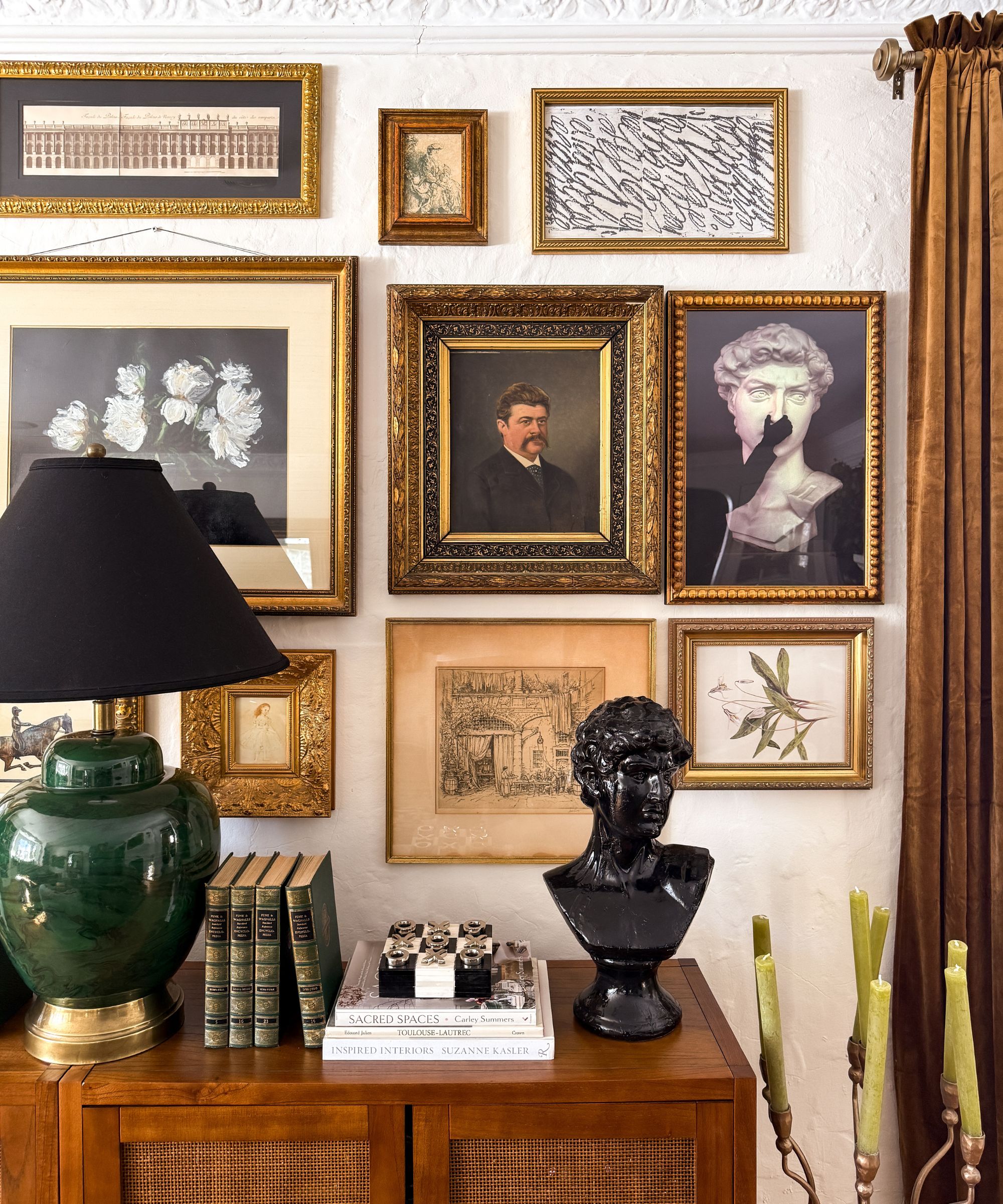
To make an entryway feel in keeping with the rest of the home, you may wish to display artwork on the walls, so as not to keep the entryway feeling like a strictly utilitarian space. And whilst it's a good idea to implement ideas that soften the space and make it thrill just as much as it functions, large-scale, chunky or delicate artwork simply doesn’t perform in tight quarters.
While smaller works, especially in groups and gallery walls, can be fantastic in other areas of the home, oversized canvases, chunky frames, or delicate pieces feel misplaced.
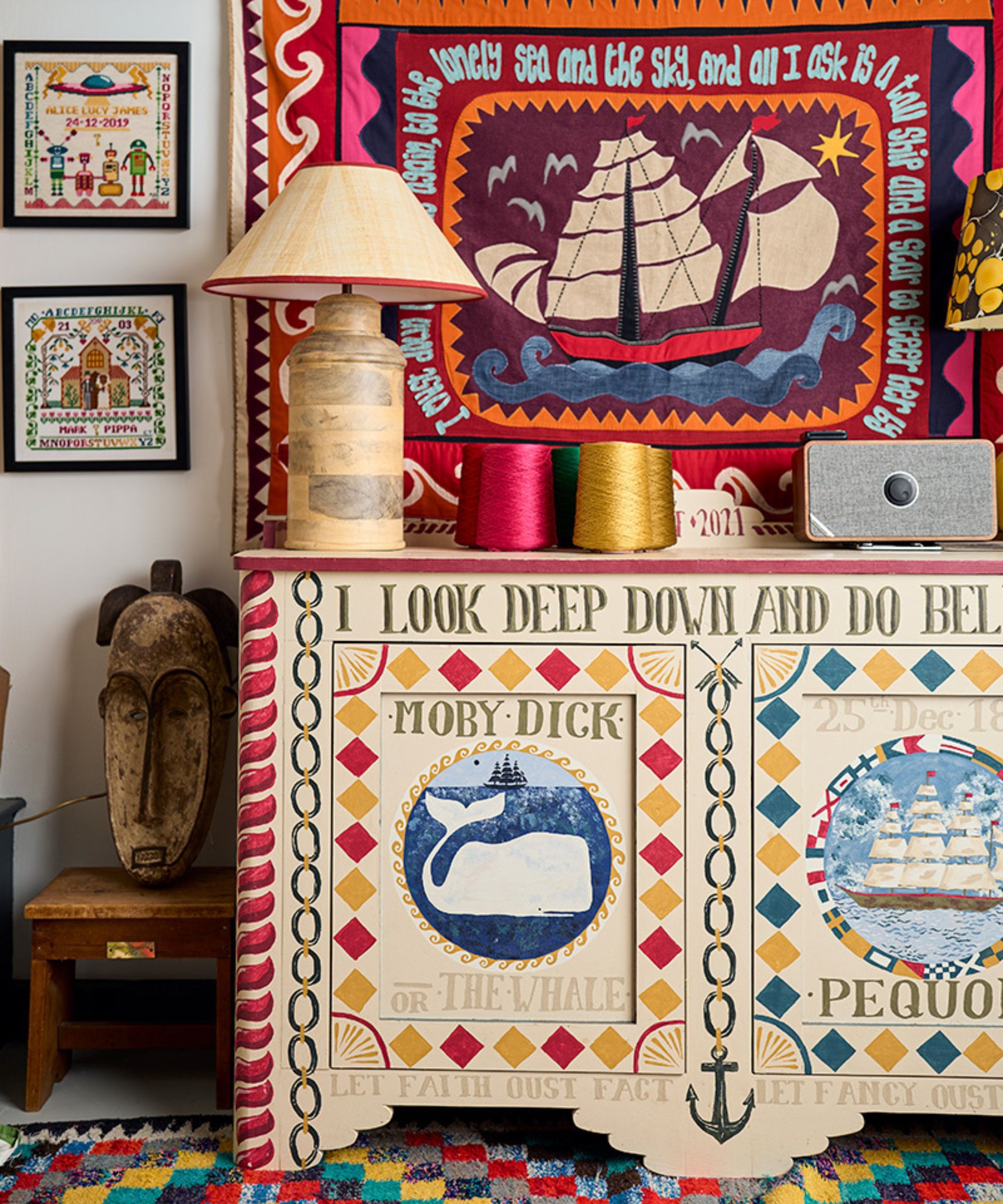
A narrow hallway calls for openness, ease and breathability. Guests should be able to exhale as they step inside, not instinctively lean away from walls, tense their shoulder,s and feel as though they’re navigating a precious corridor. Entryways are transitional by nature; they’re made for movement, for hearty greetings, for comings and goings. Art that disrupts the daily rhythm can feel intrusive rather than impactful.
I love bold, sculptural artwork, and there is very little wall left in my home not covered in artwork of some kind. However, in a confined space, it loses its presence entirely and becomes oppressive. Relocate it to where it can be fully appreciated, and instead introduce softness through texture or tone.
‘I really dislike when people hang chunky bits of art in a narrow hallway.’ Says Olivia. ‘Instead of artwork, try something like a tapestry or wall hanging instead for a similar impact but less breakages!’
5. Large and bulky rugs

A rug can ground an entryway beautifully, but in a small or narrow space, the wrong rug does far more harm than good. Dark colors, high pile textures or oversized proportions visually shrink the space and can feel instantly oppressive.
There's also the practical issue: entryways are high-traffic zones. Bulky rugs can slip and bunch, which could become a hazard. If the rug is not properly scaled to the footprint of the hallway, it adds a sense of awkwardness, either floating around, untethered, or jammed wall-to-wall.
Instead, choose a runner that leads the eye forward and creates a sense of direction. 'A good, patterned runner either on the floor or running up the stairs can lead the eye and distract from a tight space,' notes Alex. 'It makes a statement and sets the scene for the rest of the house.'
Our top picks for a small entryway
Perfect for a bijou entranceway with simply no space to work with. Keys, mail and mess all tucked away out of view.
If your entranceway is particularly dark and drab, add a mirror to bounce light around the space. This one is large enough to make an impact but light enough it will work on most walls.
If you want to take heed of the small entranceway lighting advice from these designers, a small lamp is a must. If you don't have a plug socket in s convenient place, chic portable lamps are a great alternative.
As interior designer Olivia Caplan advises, a wall hanging or traditional tapestry is much more suitable for a small hallway, and it will never, ever, go out of fashion.
If you're looking for coat hooks, there are countless beautiful hooks available from many places, These are pretty but smart hooks that don't overwhelm a space.
If you love rich, maximalist quirky interiors, hallways can feel dull and utilitarian without any space for aesthetics or playfullness. Use an ottoman (usually reserved for bedrooms) instead of a traditional bench. Same storage, more whimsy.
If you have a small entryway, you have likely suffered the immense frustration of living with it. You may feel it simply is too small, and there is nothing to be done about it, bar tolerate it through gritted teeth. It may be, though, that a simple swap out of one of these items brings a little more order and harmony into your life, making you feel happier at home.
'Keep it elegant, tidy, and intentional,' advises Sean. 'And always make sure there’s room to breathe.'

